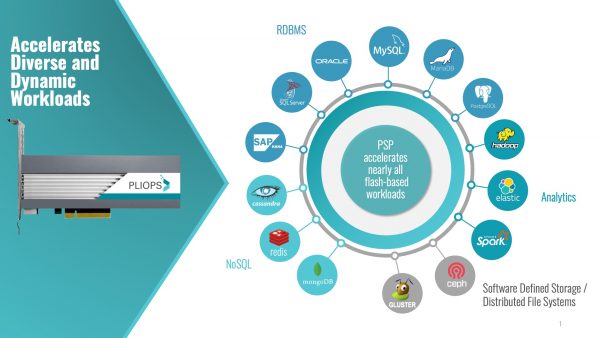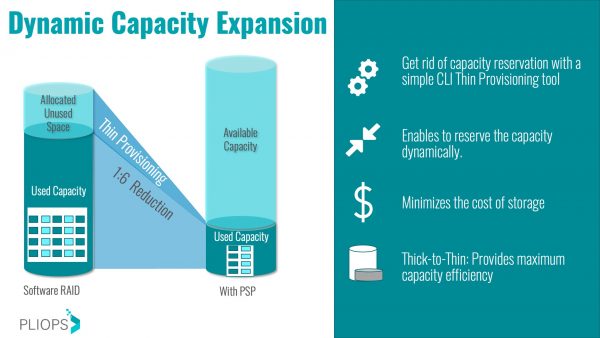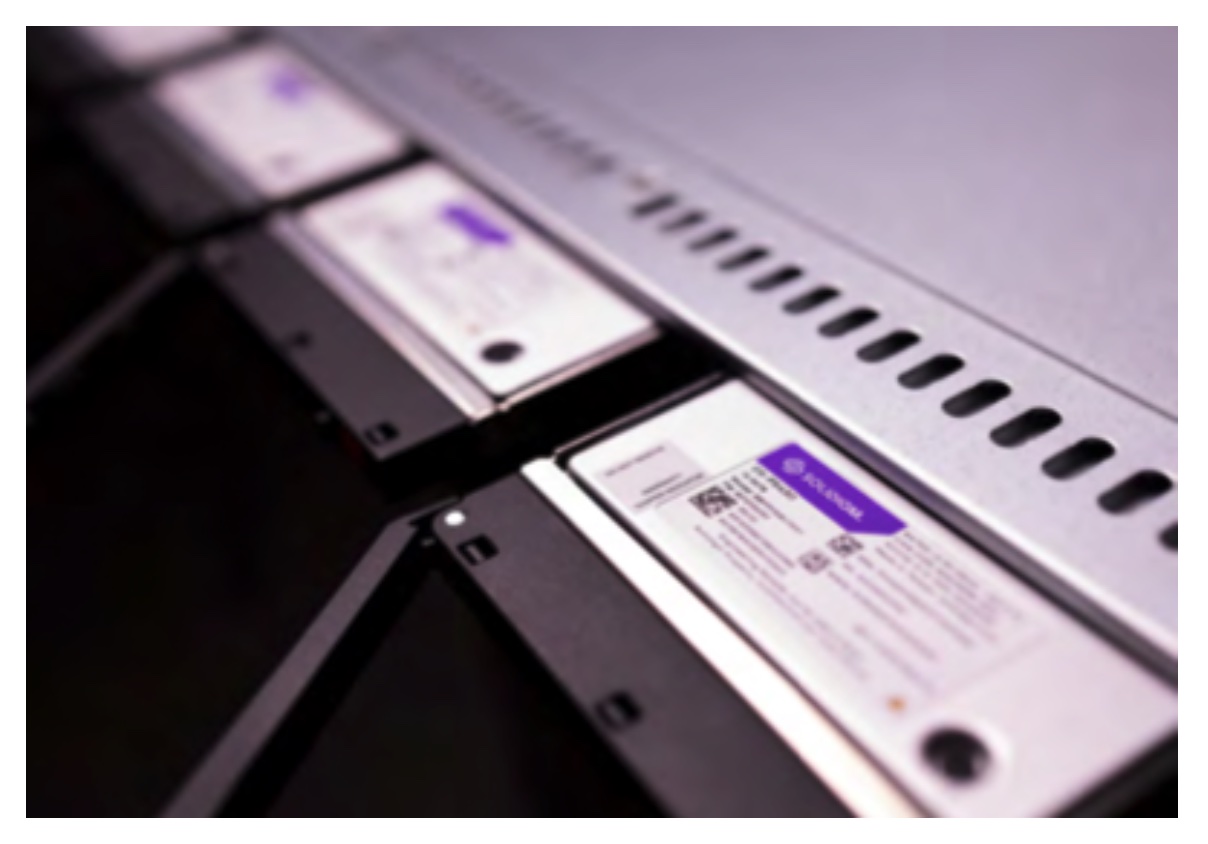In our previous post, we discussed who Pliops are and the performance constraints with flash storage and general CPUs that they are focused on resolving with the Pliops Storage Processor. In that post, I mentioned the four areas that the Pliops Storage Processor focuses on with SSDs: Acceleration, Increased Capacity, Endurance, and Data Protection. This post will focus on the Pliops Storage Processor’s high-octane acceleration and capacity management ability.
Pushing the Limits
When we buy new hardware, we expect that it will be faster than what we had previously. This is almost always the case, but when we start to run the equipment in production, we realize we always just want that little bit more. As we start spinning up into production, we start to see how our application databases work at the storage layer, finding out that the bottlenecks we thought we were improving with new hardware are still a constraint on performance.
The Pliops Storage Processor (PSP) is built to eliminate the bottleneck as it optimizes and writes data before it is written to the SSD using its purpose-built processor and key-value engine. The PSP takes control of all the processing operations before the data touches the storage devices. For most applications, the plug-and-play block interface provides a substantial performance increase as well as the other PSP functions. However, if the application is able to leverage the native Key-value API, then the application will be able to supercharge performance gains.

Databases are extremely important to applications and the need to be able to access the data quickly and efficiently is critical. The PSP improves performance up to 10x and ensures no degradation in performance even when SSDs are full.
All databases use key-value stores that enable variable-sized objects that have become computationally challenging with SSDs capable of 500K IOPS. CPUs max out while SSDs sit idle. The PSP sits in the data path allowing it to take the upper hand and remove processing from the CPU. It is complex to manage compression, pack, merge, and garbage collection efficiently. Offloading key-value storage and data management tasks to PSP reduces these inefficiencies and improves performance, reducing CPU utilization up to 90% of what today’s software solutions consume.
PSP writes are 100% sequential and eliminate latency spiking random IOPs by maintaining consistent and high throughput. PSP also eliminates up to 90% of writes, increasing endurance and enabling the use of low-cost, high-capacity QLC SSDs.

Some databases/data services store the data in-memory to ensure that the data is accessible from the quickest resource available. Redis is one of the most common in-memory data services used in the data centre, It is extremely resource demanding and heavily dependent on DRAM to store all data. One big downside of using DRAM is the significant cost that it brings to the infrastructure, but with Pliops, you can reduce the cost down to one-seventh of DRAM by using flash. Without a Pliops Storage Processor, flash storage only performs at 10% of DRAM and the Redis service is greatly impacted by the latency growing up to 9 times. With DRAM, Redis can perform up to 900,000 IOPs and on millisecond of four 9s latency.

Without a PSP, you would need to expand your infrastructure and server count significantly to be able to have an optimal Redis database and this can get quite expensive very quickly; however, Pliops enables a 10:1 server consolidation and provides access to flash storage, moving the Redis data store away from DRAM. This allows customers to significantly reduce infrastructure costs serving 90% of the I/Os out of flash and not from DRAM while matching the same performance without caching. Pliops offer a TCO calculator on their website to help compare the growth of infrastructure and cost associated when running Redis with and without a Pliops Storage Processor.
We Need More Capacity!
The amount of data being stored in SSDs is increasing exponentially. There is data fragmentation from suboptimal packing and merging, as well as storage policies that require room for data growth. Add to that duplicating data for RAID 10. Then, add all of that up and you quickly need up to 6X more physical storage, even before taking application mirroring into account.
These inefficiencies put a big burden on data centre infrastructure. Unfortunately, this always comes with a cost, whether it be CapEx or OpEx. Storage is being overprovisioned to accommodate growth and performance needs, not to mention the high cost and maintenance for additional servers.

PSP’s data protection eliminates the waste from mirroring, advanced thin provisioning reduces overallocation, and in-line transparent compression reduces the data to a fraction on disk. This results in up to 6X more usable capacity in SSDs that PSP manages.
Conclusion
There is certainly no doubt that if you’re looking to increase both your performance and capacity while lowering your TCO and server footprint, Pliops can provide for your needs while still allowing you to use lower-cost SSDs and even QLC SSDs. By accelerating your storage, you ensure that your databases and storage admins remain happier for longer, as well as providing a much better customer experience. As an added bonus, you are able to save money to invest in other areas of the enterprise.




